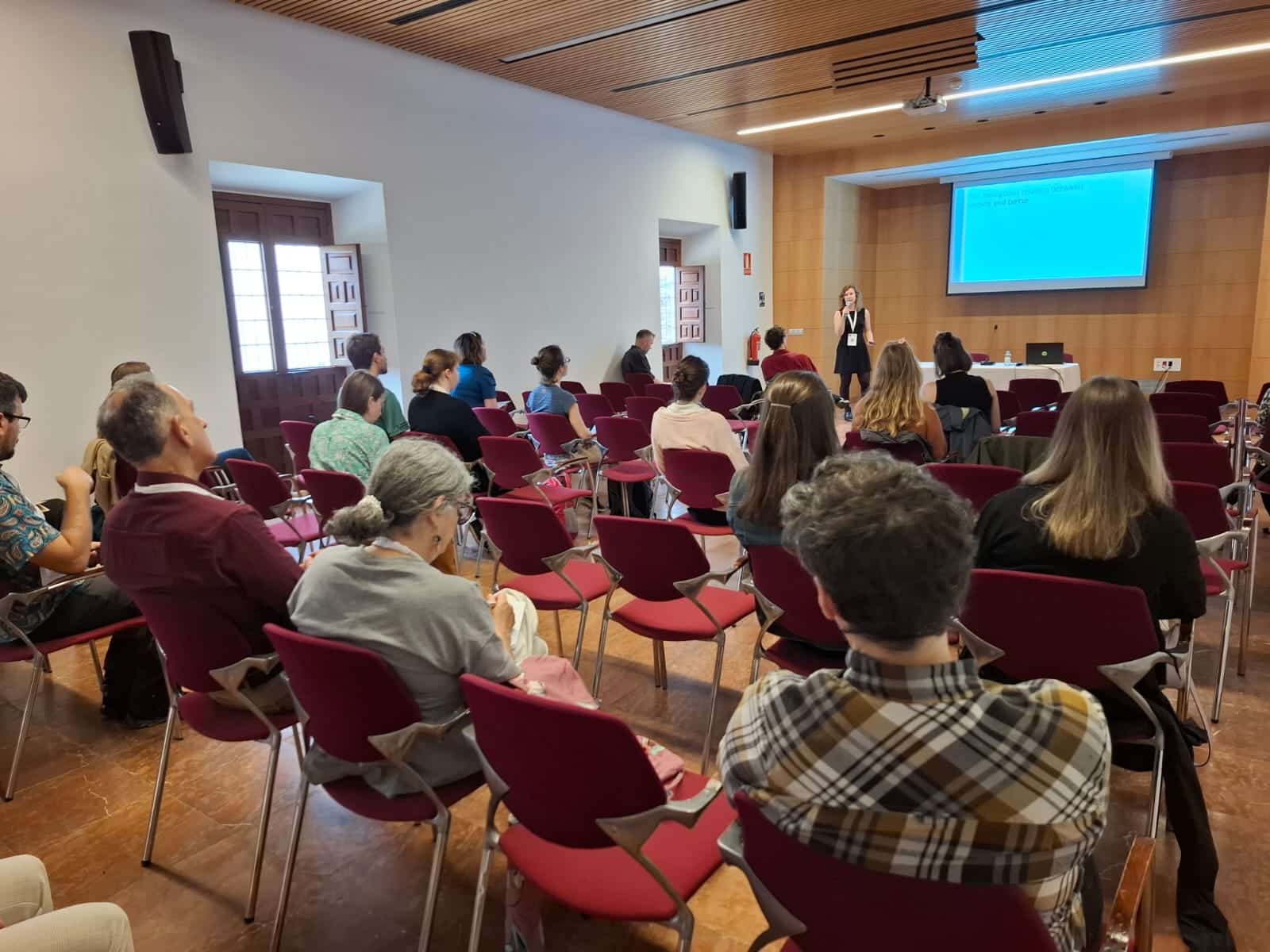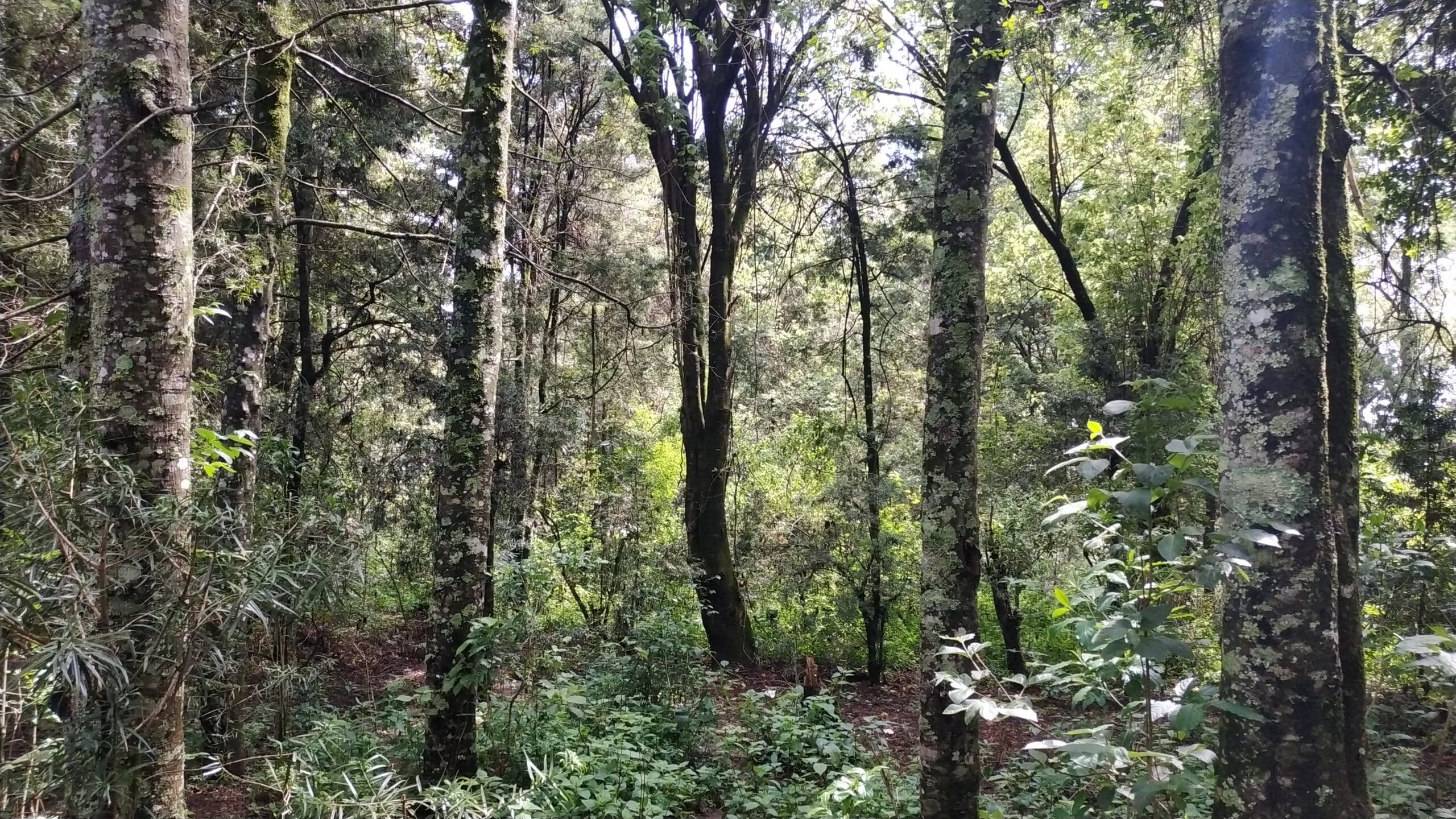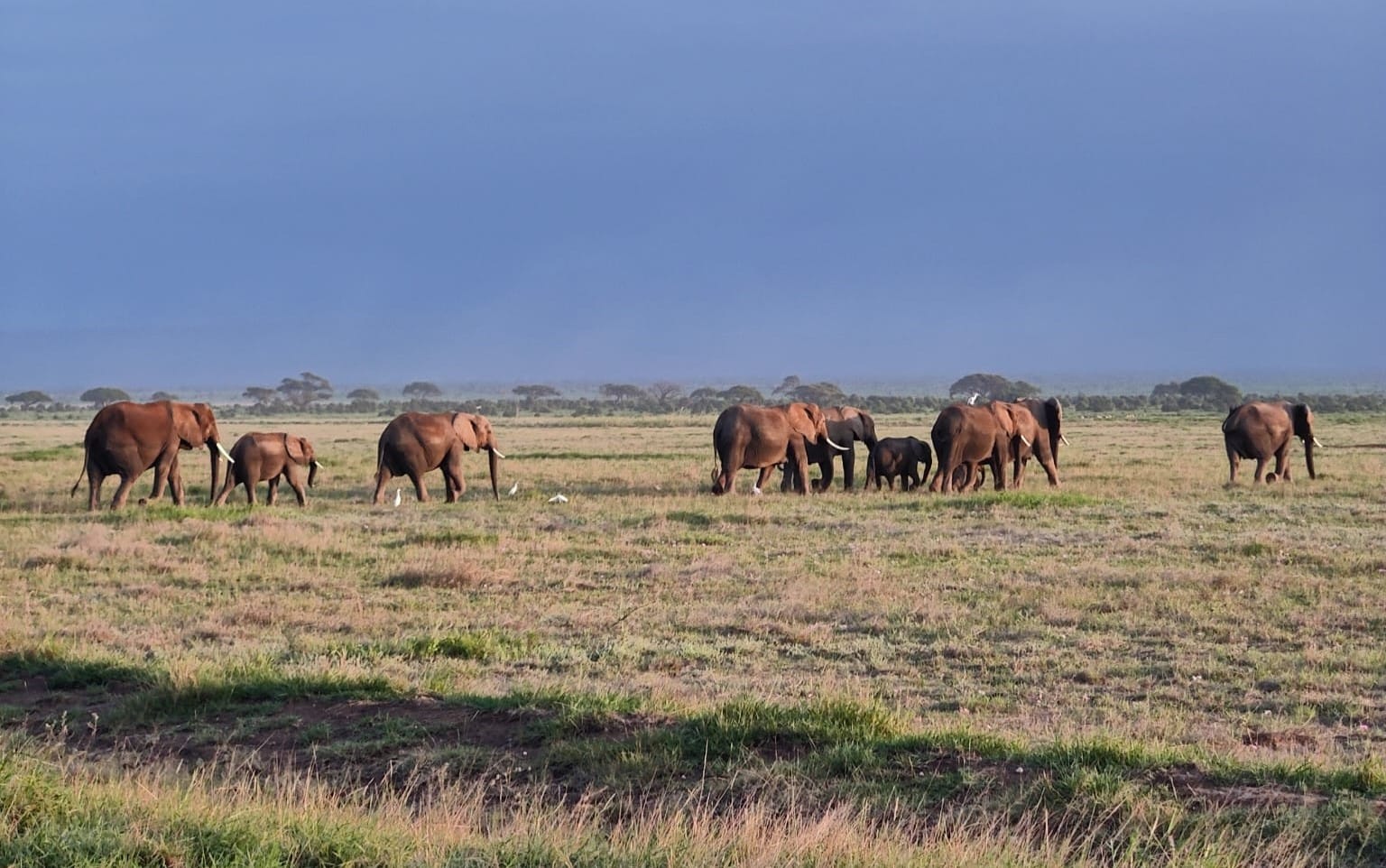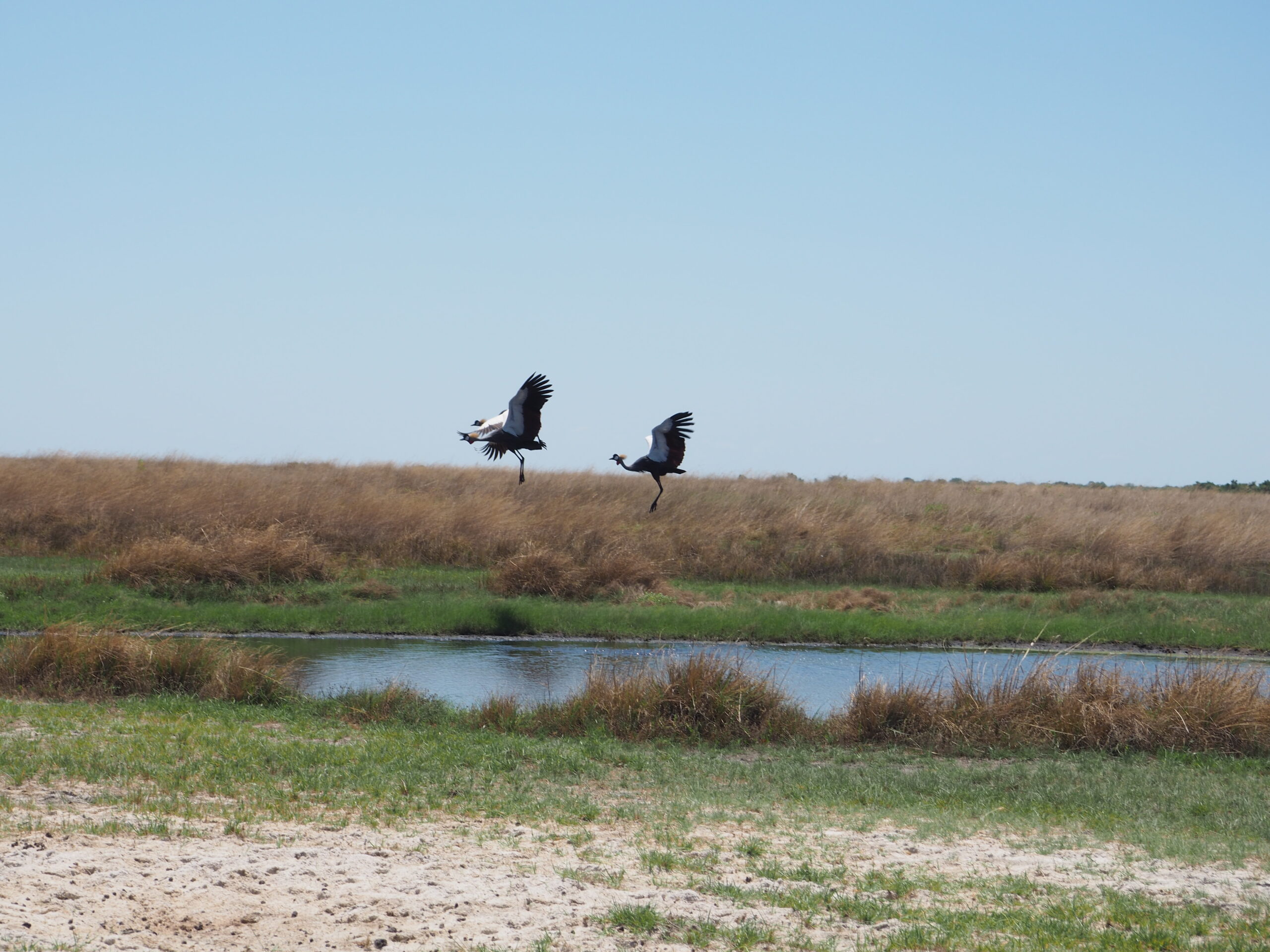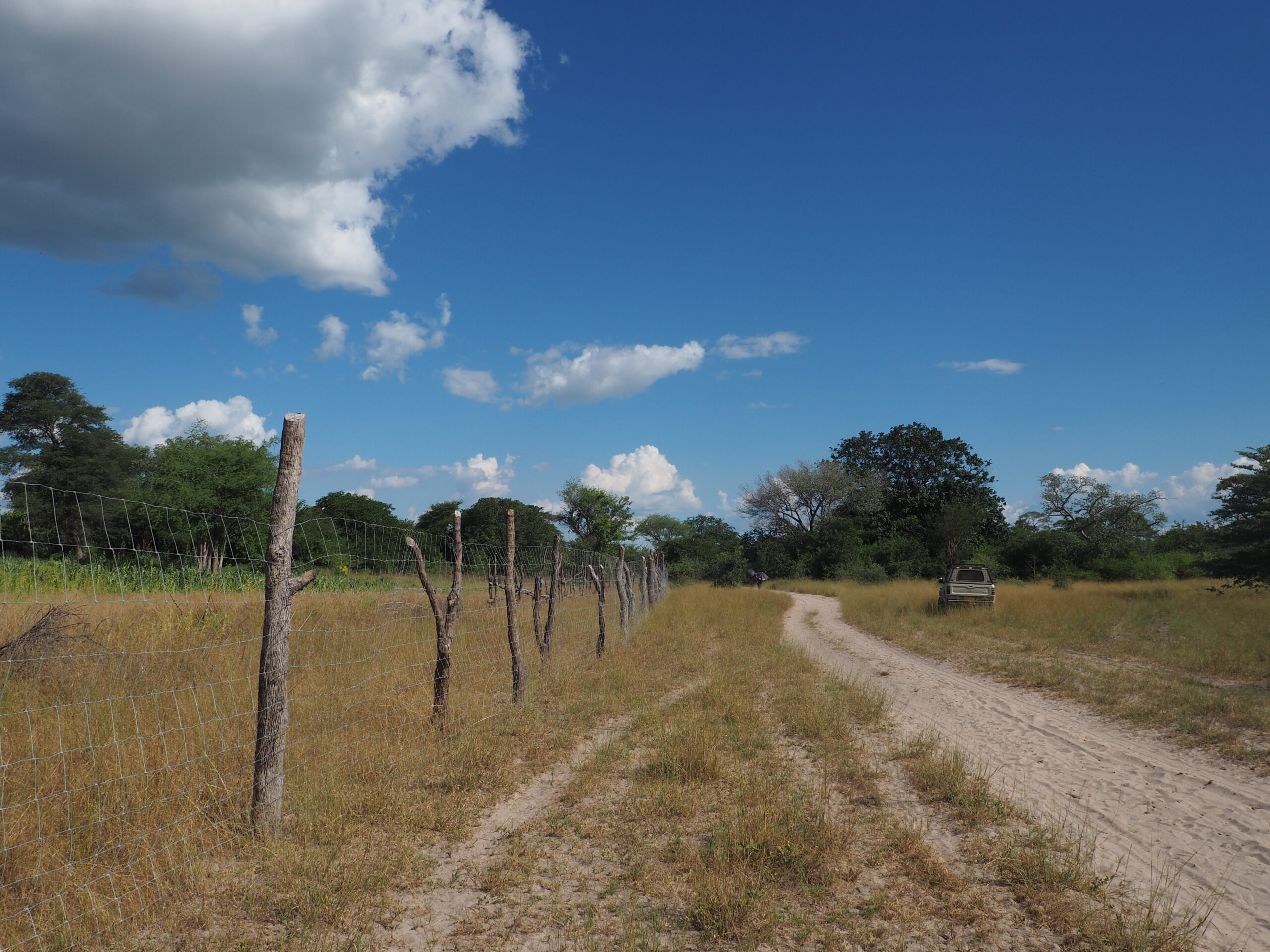Between the 13th and 16th of October, the “REWILDING the Anthropocene” team participated in the interdisciplinary Pathways Europe conference, held in Córdoba, Spain. The conference brought together scientists from various disciplines working on “Human Dimensions of Wildlife”. As anthropologists working on human’s relations with various wildlife species, The REWILDING team was part of three different panels.
On Tuesday, Manuel Bollman presented his new paper, which explores the impact of rewilding on local livelihoods in the face of multiple livelihood risks in northwestern Zimbabwe. His presentation was part of the session “Land Users and Land Owners,” which examined the relationships between wildlife presence, their habitats, and human-defined land uses and classifications.
Wednesday morning saw the session “Rewilding with Pathogens? Diseases as a Conservation Conflict”, organized by Wisse van Engelen and Léa Lacan. The session crossed insights from three presentations on (1) rewilding in the presence of Foot-and-Mouth-Disease in Botswana (Wisse van Engelen), (2) rewilding with the tsetse fly in southwestern Zambia (Léa Lacan), and (3) African Swine Fever and “pathogenic politics” of wild boar in Europe (Kieran O’Mahony). Key questions included: How do rewilding projects understand the ‘wild’ and how do they account for pathogens? How are pathogens limiting the possibilities of rewilding? Where can rewilding work together with disease control? Where should rewilding perhaps push back against societal concerns with wildlife disease?
And finally, on Wednesday afternoon, Julia Brekl presented on human-lion coexistence in Botswana in the session “Coexistence, Coadaptation and Ambiguity: Living together with wildlife” co-organized with Martin Drenthen, Inge Dekker and Irma Arts. This session questioned the ambiguity inherent to coexisting with wildlife based on the theoretical work of Mary Douglas.
To read more on our research…
On changing livelihoods and food insecurity in Zimbabwe: Manuel Bollman, 2024: “One Livelihood Risk Factor Too Many? How Unintended Impacts of Conservation Contribute to Food Insecurity in Kavango Zambezi, Southern Africa”, Journal of Southern African Studies, 1-23.
On the entanglements of the tsetse fly with wildlife conservation in Zambia: Léa Lacan, 2024: “Killing tsetse and/or saving wildlife? A multispecies assemblage in colonial Zambia (1895–1959)”, Anthropology Southern Africa, 47 (2), 133-151.
On diseases and multispecies coexistence at the wildlife-livestock interface in southern Africa: Arvid van Dam, Wisse van Engelen, Detlef Müller-Mahn, Sheila Agha, Sandra Junglen, Christian Borgemeister, and Michael Bollig, 2023: “Complexities of multispecies coexistence: Animal diseases and diverging modes of ordering at the wildlife–livestock interface in Southern Africa”, Environment and Planning E: Nature and Space, 7(1), 353-374.

